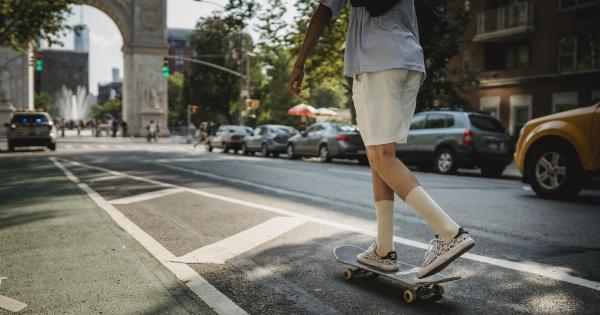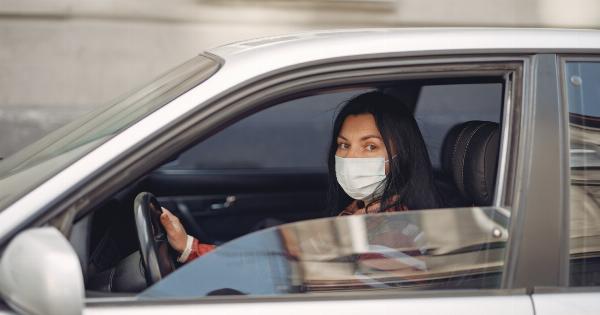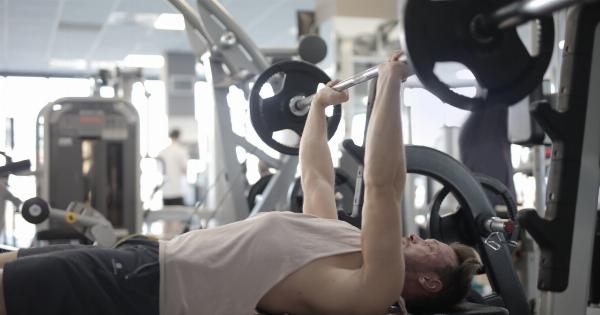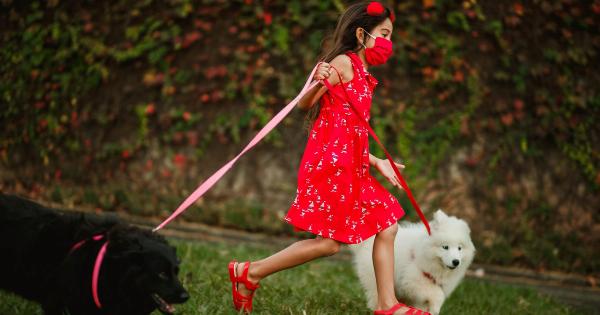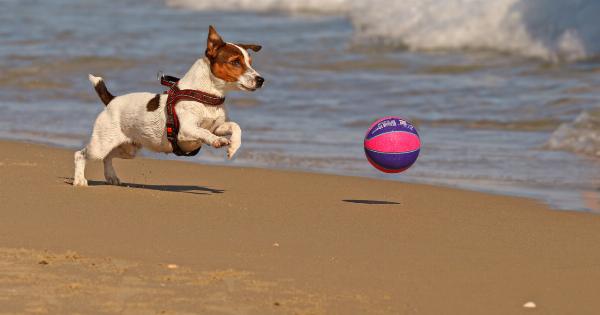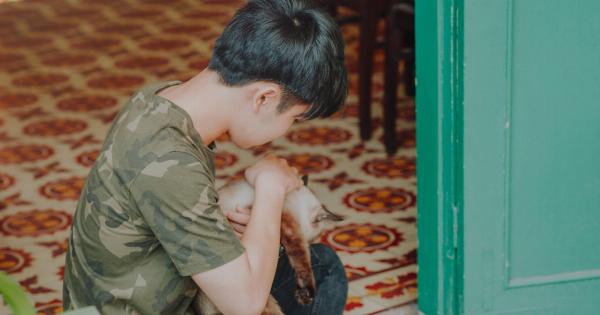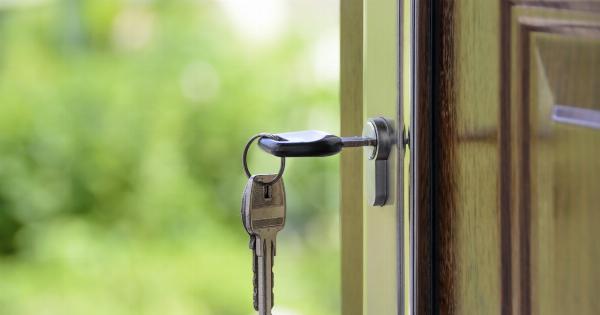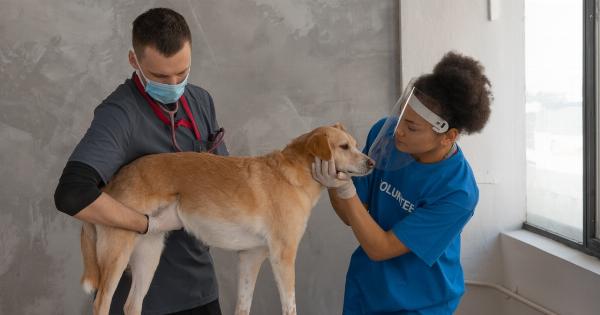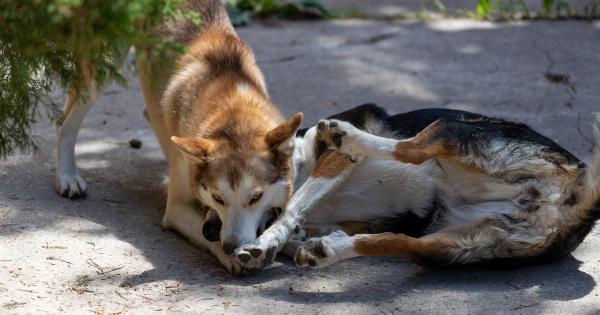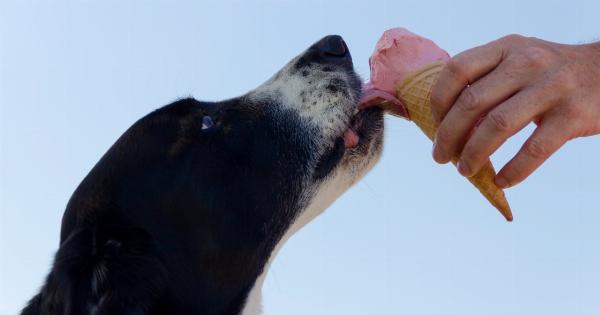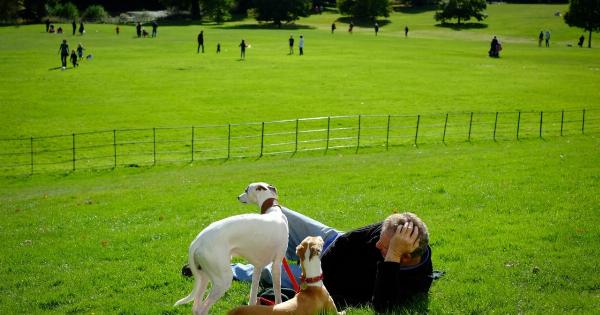Many pet owners love taking their furry friends on car rides. Whether it’s a road trip or just a quick drive to the park, having your pet accompany you can be a joyful experience.
However, it’s important to be aware of certain things that can potentially put a damper on your journey. In this article, we will discuss four things that pet owners should watch out for to ensure a smooth and enjoyable ride for both them and their beloved pets.
1. Pet Anxiety and Motion Sickness
One of the most common issues pet owners face during car rides is pet anxiety and motion sickness. Some pets may become anxious or nauseous when inside a moving vehicle. This can lead to excessive panting, drooling, vomiting, or even aggressive behavior.
To alleviate these symptoms, it’s crucial to make the car a comfortable and safe space for your pet.
Consider using a pet crate or carrier to create a cozy den-like environment. Familiarizing your pet with the carrier before the trip can help reduce anxiety.
Additionally, make sure to provide adequate ventilation and secure the carrier properly to prevent any accidents or injuries. If your pet continues to experience severe anxiety or motion sickness, consult with a veterinarian who can suggest appropriate medications or behavioral techniques.
2. Distractions and Dangers
Having an unrestrained pet in the car can be a significant distraction and pose a danger to both the driver and the animal.
Pets roaming freely inside the car may obstruct the driver’s vision, interfere with the functioning of essential controls, or even cause accidents by jumping onto the driver’s lap.
Investing in a pet seat belt, car harness, or secured pet carrier can prevent such mishaps. These safety devices are designed to keep pets in one place, ensuring their safety while allowing the driver to focus on the road.
By harnessing or restraining your pet correctly, you provide both yourself and your furry companion with a secure and comfortable ride.
3. Hot Cars and Overheating
Leaving a pet inside a hot car, even for a few minutes, can have dire consequences. Temperatures inside a parked car can skyrocket within minutes, subjecting your pet to heatstroke or even death.
It’s important to remember that pets are more susceptible to heat than humans.
Never leave your pet unattended in a parked car, even if the windows are slightly open or the air conditioning is on.
Instead, consider using shade screens on the windows to block direct sunlight or leave the air conditioning running while your pet is inside. If taking your pet with you on errands is unavoidable, plan accordingly and bring a trusted friend or family member along. They can stay in the car with your pet or take turns going into stores to ensure your pet’s safety.
4. Exiting the Vehicle Safely
Exiting a vehicle safely is a key aspect often overlooked when traveling with pets. Opening car doors without taking precautions can lead to pets escaping or getting injured in the process.
It’s important to be mindful and implement proper procedures to prevent any accidents during this critical moment.
Before opening the doors, ensure that your pet is securely harnessed or inside a carrier. If you have a larger pet, consider using a pet ramp or stairs to help them safely exit the vehicle.
By taking these precautions, you reduce the risk of your pet running off, getting into altercations, or injuring themselves upon exiting the car.
Conclusion
Car rides with your pet can be a delightful experience for both of you, but it’s essential to prioritize safety and comfort.
By being aware of common challenges like pet anxiety, distractions, overheating, and safe exits, you can ensure that Rover doesn’t ruin your ride. Implement the necessary precautions, invest in appropriate safety devices, and always be attentive to your pet’s needs. With proper planning and consideration, your car rides together will be filled with joy and unforgettable memories.


